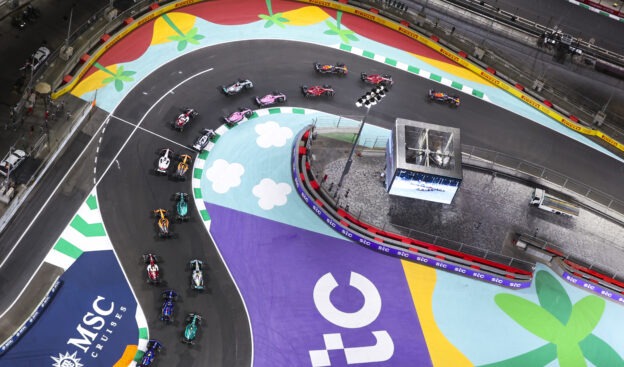2026 F1 Regulations Dissected: A Bold New Era for Formula 1

In June 2024, the FIA and Formula 1 officially revealed the long-awaited 2026 technical and sporting regulations. With a focus on sustainability, closer racing and innovation, the new rules promise to reshape the future of F1.
Here’s everything you need to know about the changes coming in the 2026 F1 season.
1. Lighter, More Agile Cars
The new regulations bring a significant reduction in weight, with the minimum car weight dropping by 30kg (from 798kg to 768kg). This aims to improve agility.
Additionally, the wheelbase and the width of the cars will be reduced.
2. Advanced Hybrid Power Units with Increased Electric Power
The 2026 power units will leap forward in hybrid technology. While the current 1.6L V6 turbo engines will remain, the electrical component’s role will expand:
Electric power will nearly triple, providing up to 350kW (approx. 475hp) from the MGU-K alone.
The MGU-H (Motor Generator Unit – Heat) will be removed, simplifying the power unit to reduce costs.
The engines will run on 100% sustainable fuels, aligning with F1’s net-zero carbon goal by 2030.
3. Active Aerodynamics for Better Racing
Lack of overtaking has been a hot topic in F1 for years, and the 2026 rules introduce active aerodynamics to address that area.
Moveable Front & Rear Wings: Cars will feature adjustable flaps that reduce drag on straights (similar to DRS) but automatically adjust for the desired downforce in corners.
Reduced Dirty Air: The new aero rules aim to minimize turbulent air, allowing cars to follow more closely.
4. Revised Safety & Cost Control Measures
The FIA has also introduced several safety and cost-reducing measures:
Stronger Roll Hoops & Enhanced Crash Structures: Following recent incidents, the 2026 cars will have improved safety features to protect drivers.
Budget Cap Adjustments: Teams will face stricter financial regulations to prevent excessive spending.
5. What Does This Mean for the Sport?
The 2026 regulations represent a bold step forward for Formula 1. With lighter cars, more electric power and enhanced aerodynamics, the sport could be set to deliver thrilling races while keeping innovation high.
Teams will need to adapt quickly, and fans could see a change in the competitive order as manufacturers like Audi and Cadillac join in 2026, and Honda joins Aston Martin's new era.
Stay tuned to F1-Fansite.com for more in-depth analysis and updates as we approach the 2026 season!
✅ Check out more posts with related topics:












